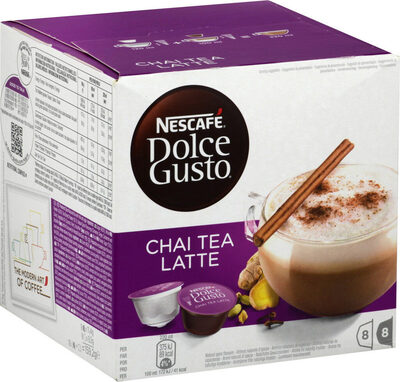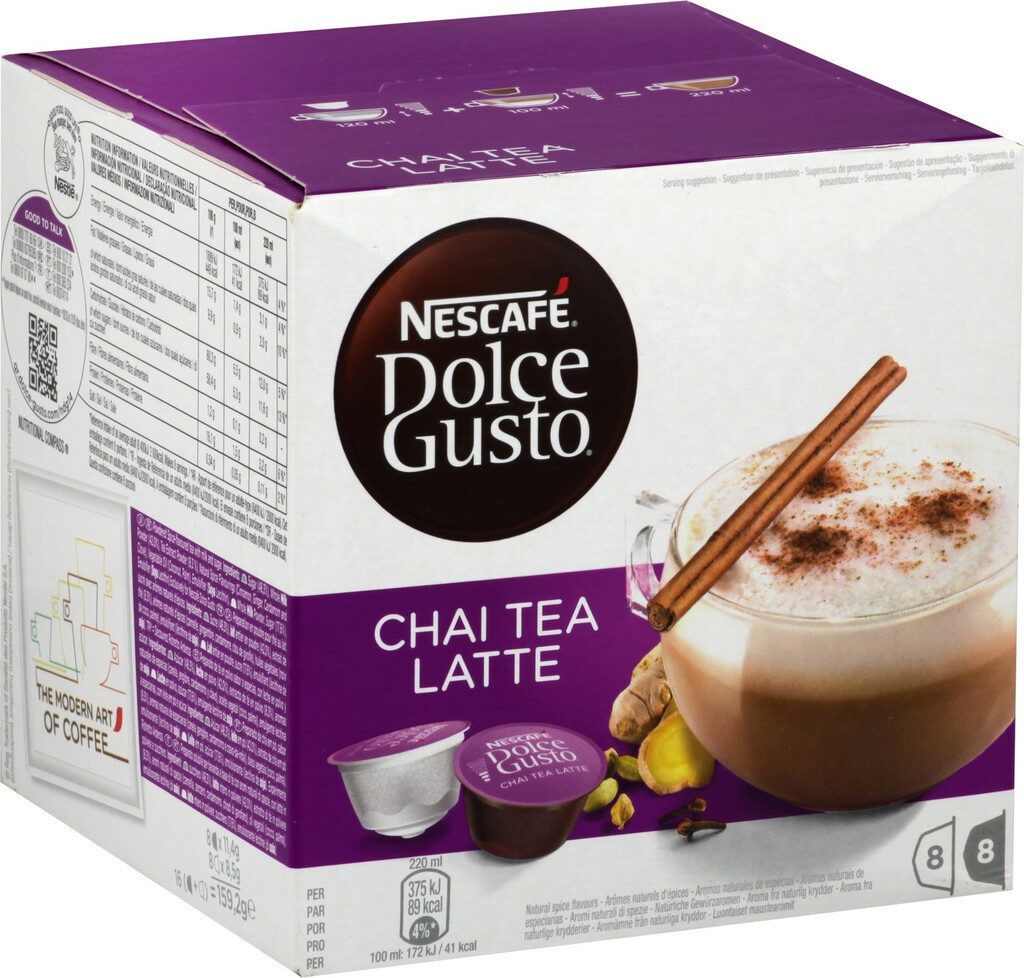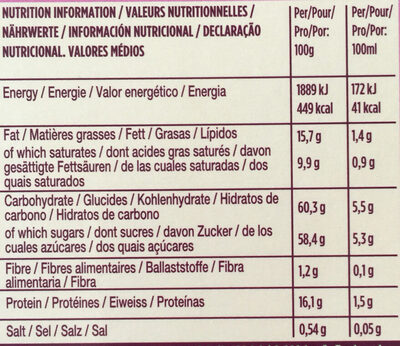Tee - Nescafé - 159.2g
This product page is not complete. You can help to complete it by editing it and adding more data from the photos we have, or by taking more photos using the app for Android or iPhone/iPad. Thank you!
×
Barcode: 7613032713065 (EAN / EAN-13)
Common name: Préparation en poudre pour thé au lait sucré avec arômes naturels d'épices
Quantity: 159.2g
Packaging: Plastic, Box, Cardboard, Individual dose, Paperboard
Brands: Nescafé, Cappuccino, caitee
Categories: Plant-based foods and beverages, Beverages, Plant-based foods, Hot beverages, Plant-based beverages, Teas, Coffees, Flavored teas, Capsules, Chaï teas, Coffee capsules, Dolce Gusto-compatible capsules, Dolce Gusto-compatible coffee capsules, Sweetened beverages
Countries where sold: Denmark, France, Germany, Switzerland
Matching with your preferences
Environment
Carbon footprint
Packaging
Transportation
Report a problem
Data sources
Product added on by adline
Last edit of product page on by prepperapp.
Product page also edited by autorotate-bot, date-limite-app, desan, inf, julie-yuka, kiliweb, lucaa, mathias, musarana, openfoodfacts-contributors, packbot, teolemon, yuka.WXB3WkFvUlIvOGdsb1BNWDlEbjQrTk5uL2FTUEJVTzRHY2xQSVE9PQ, yuka.ZEk4S0xha1BoT2NQdU5zQzB4TDN3czlMbHJEekEwSzBlck5PSVE9PQ, yuka.Zm9FQkxvNWRwS1VEbWNKaDVCYkU2UDVUM0pxNFJYMkpMdGNTSVE9PQ, yuka.sY2b0xO6T85zoF3NwEKvllFLdvPBmjL8ZxzhxULSnu-IP5KzYsoo543_GKs, yukafix.








